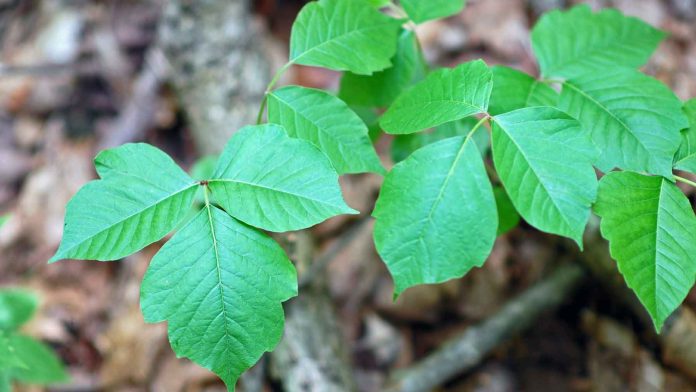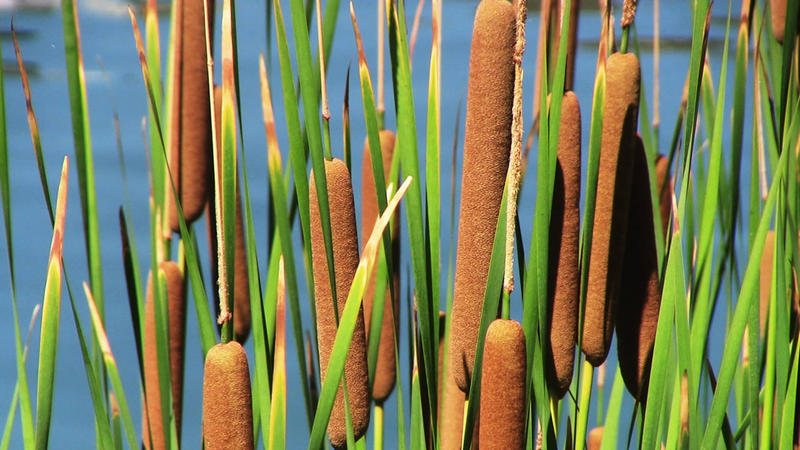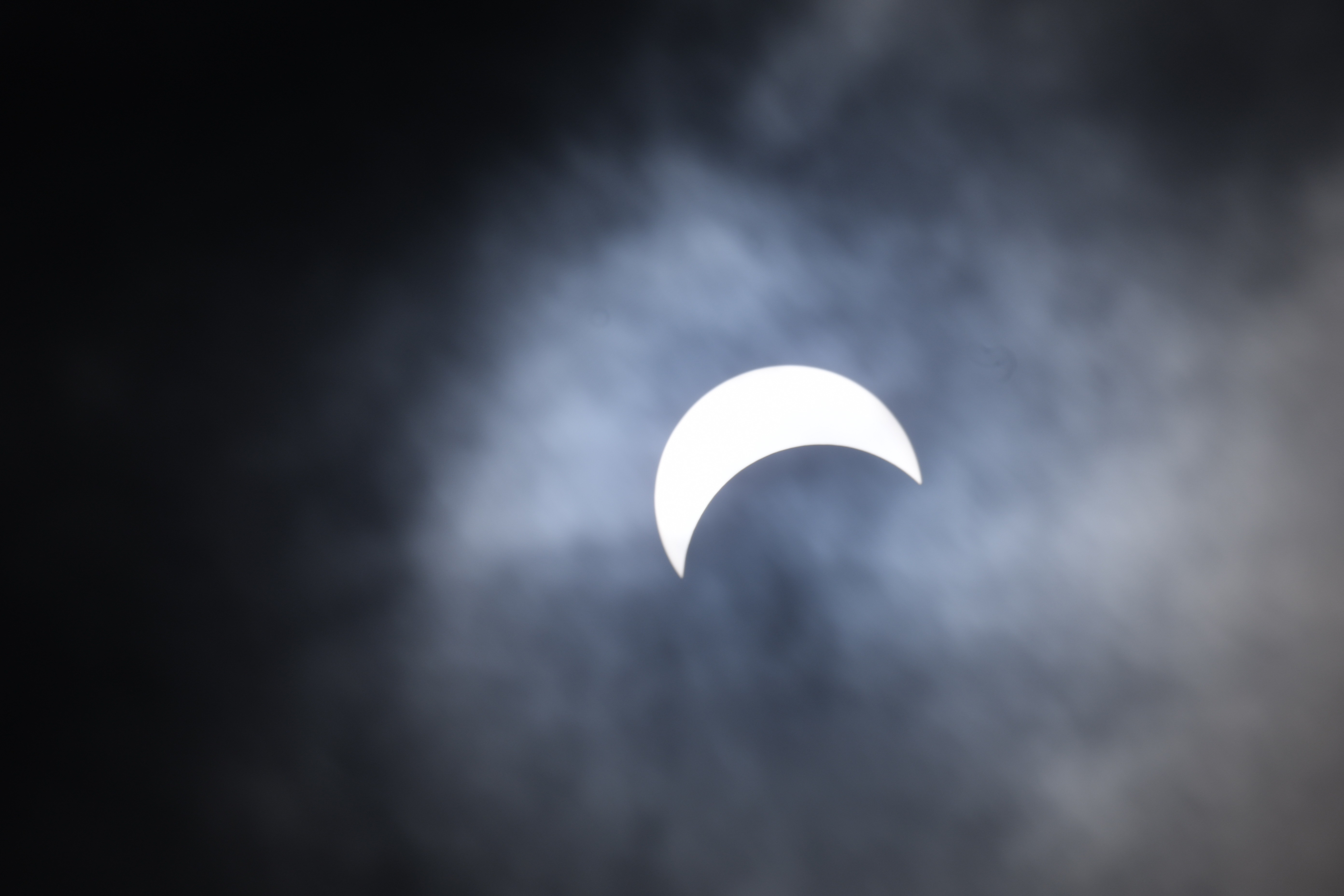By Pat Kerr
2021 marks RV Lifestyle Magazine’s 50th anniversary year and we are highlighting previously published articles that are still relevant. This article on poison ivy was originally published in 2007 in Vol. 36 No. 1.
Maybe you know what it looks like, but do you know how to treat it?
It grows from sea to sea and around the world. In fact, it’s everywhere in North America except Hawaii and Alaska. It’s beneficial to wildlife and beautiful to look at, but don’t be fooled by poison ivy’s pretty face.
It’s in the ditches when we stop to check the tires, in the campgrounds where we spend the night, and the dog will inevitably roll in it. Poison ivy can ruin a trip or simply be an opportunity to show off your first-aid skills.
Poison ivy is a useful plant to birds. Songbirds and game birds consume the berries with no ill effects. It’s winter forage for rabbits, deer and mice. The leaves are shiny, green and come in threes. Depending on the soil type and geography, the plant will be an ivy or small or high shrub. The tips will bend down to almost touch each other, while the green berries turn to white upright clusters. Then in the early fall, the leaves also change sometimes to yellow and other times to a deep vibrant red, advertising their energy-rich fruit to migrating birds.
But I am neither a bird nor a rodent. Rather, I am one of the 85% of the human population who experiences allergic reactions to poison ivy. Like most other sufferers, I likely experienced no reaction after my first exposure. Over time and contact, I developed symptoms that steadily worsened. Now, if my clothing brushes against it, I will develop a headache and itchy blistering rash, sometimes even a fever.
The good news is, if the poison ivy contact area is treated immediately after the touch no symptoms will develop.
Wash and swab or cattail remedies
The plant’s sap, called urushiol (prounounced ‘oo-roo-shee-ohl’), causes the poison ivy rash. This oil is a toxin, not a true posion, and it’s present in the leaves, stem, root and berries – not to mention smoke if it’s burned. Cool, dry weather increases the likelihood of its spread, while heat and humidity render the toxin almost inert. Contact with footwear, pets, or any other object can spread the oil. The oil begins to penetrate the skin within minutes, but the rash will often not develop for 12-48 hours. The blisters tend to form a streak showing where the skin brushed against the plant. Touching the rash does not spread the reaction, although it appears to do this because the blisters develop slowly.
If you are near your RV or in a campground when you contact poison ivy wash everything that touched the plant with soap and water. Wash your skin with soap and water then swab the areas with any substance that is acid-based. This includes rubbing alcohol, peroxide, vinegar, pickle juice, ketchup or pharmaceuticals like Buro-Sol (swimming in a chlorinated pool is also effective).
If you are on a hike or a canoe excursion and notice a possible reaction to poison ivy wash for a minimum of five minutes in a stream or lake. If cattails are around, dig or pull one up by the root. Pound the root with a stone or any hard object to expose the starchy center. Rub the root on your skin. Clean your clothing and pets (if they were also in contact with the ivy) at the first opportunity as the oil can remain active for days.
If a rash does develop, apply zinc oxide, calamine lotion, baking soda with water, oatmeal with water, or Buro-Sol to relieve the itching. For severe reactions, or if your eyes or genitalia are affected, take an antihistamine and contact a doctor if conditions worsen. Do not scratch any blisters as a bacterial infection could result and ruin your trip. (Normally the rash will heal in 10-14 days.)
Poison ivy is properly called Rhus radicans and is a member of the sumac or cashew family. Most of the members of this group are tropical plants. Staghorn, winged and smooth sumac all grow in dry soil throughout a lot of the eastern seaboard, and they cause no reaction for most people. However, poison sumac is another problematic relative that grows in swamps from Ontario to Florida and it will give you one more reason to scratch.


























